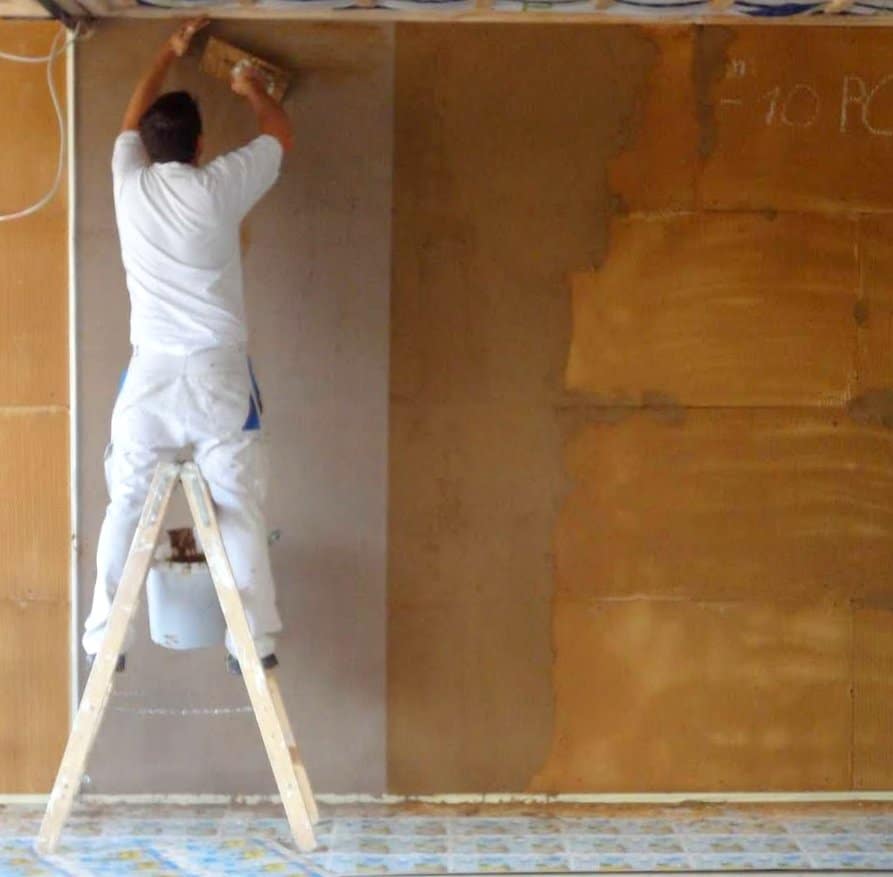SPECIFICATION GENERATOR
Find out which low impact materials are right for your building project.
The benefits of using clay plaster
Find out more about how we approach this building scenario.

Clay plasters are often associated with more ‘way-out’ construction or very niche historic building restoration. However, there are several properties of the material that makes it much more useful in modern contemporary construction than might initially be thought.
Unfired clay based plasters are very good at absorbing atmospheric humidity and can do so at a rate that makes them useful in areas with fluctuating high moisture levels, such as bathrooms and kitchens. As the moisture content of the air drops, the clay desorbs the moisture equally freely, enabling it to absorb more again when humidity rises.
Many modern buildings incorporate MVHR (mechanical ventilation with heat recovery)which is effective at supplying fresh air to buildings and also at keeping internal humidity levels low. However, the air flow rates are not fast enough to quickly remove cooking smells, which can linger for many hours after the cooking has finished.
In addition to the moisture absorption, clay can also help absorb smells from the air which can lead to rooms becoming ‘fresh’ again faster than with other plaster materials. Ventilation will slowly remove the odorous compounds from the clay plaster, allowing to repeat the same process again.
Clay plasters are also much less reflective of sound. Whilst this may seem of little importance in a small room, the fashion for open living within buildings does create issues with sound reverberation. These issues are the number one complaint about newly occupied buildings as the behaviour of sound within a building is so rarely a topic during design and construction. Simply using clay plasters and paints is a simple way to reduce reverberation and clay boards are one of the most effective ways to prevent sound transmission through internal walls/floors available.
Tradesmen such as plasterers or builders are often wary of using clay plasters until they find out how easy they are to use. Using either site mixed or pre-mixed plasters they are easy to mix, apply and even if the finish isn’t perfect, they can simply be re-mixed and re-applied. This ensures very little waste and high levels of productivity. Additionally, the pre-mixed plasters can be applied by a spray rendering machine making their application very fast and very economical.
If you’d like to know more about clay plaster and how to use it, please contact us at chris@backtoearth.co.uk or alternatively give us a call on 01392 861763.